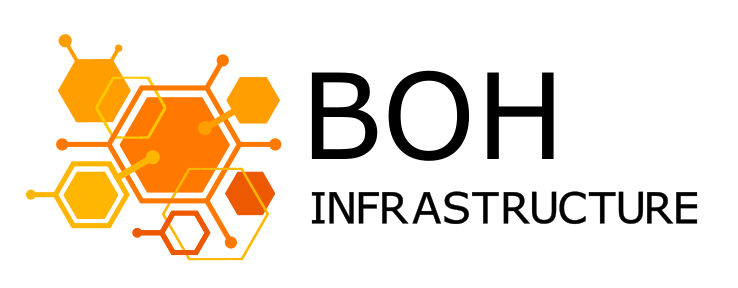The Quiet Revolution: How AI and Automation Are Changing the Construction Industry
The construction industry moves slowly. It’s fragmented, risk-averse, and bogged down by inefficiency. But AI and automation are changing that. If you work in this sector, you’ve likely seen early adopters pull ahead—while others struggle to keep up.
1. AI in Design and Planning
Architects and engineers now use generative AI to optimize building designs. Algorithms process thousands of iterations, balancing cost, materials, and structural integrity. Autodesk’s tools, for example, reduce planning time by 30% in some cases.
But there’s resistance. Many firms still rely on manual drafting. The cost of retraining teams and integrating new software keeps them locked in old workflows.
2. Robotics and On-Site Automation
Bricklaying robots like Hadrian X can lay 1,000 bricks per hour—far faster than human workers. Drones survey sites in minutes, capturing data that once took weeks.
Yet adoption is uneven. High upfront costs deter smaller contractors. And unions push back, fearing job losses. The real challenge isn’t the tech—it’s the business case.
3. Predictive Maintenance and Risk Reduction
AI analyzes sensor data from equipment, predicting failures before they happen. Caterpillar’s systems cut downtime by 15% on some projects.
But most construction firms don’t use this yet. They react to problems instead of preventing them. The industry wastes billions annually on delays and repairs.
4. Supply Chain Optimization
Machine learning tracks material costs and delivery times, adjusting orders in real time. Some firms report 20% savings on procurement.
Yet supply chains remain chaotic. Many contractors still work with spreadsheets and phone calls. The tech exists—but old habits die hard.
5. The Human Factor
AI won’t replace engineers. It will make them faster. The best firms train their teams to work alongside algorithms, not against them.
But change is slow. Too many leaders see AI as a threat rather than a tool.
What’s Next?
The gap between early adopters and laggards will widen. Firms that integrate AI now will dominate in five years. Those that wait will struggle to compete.
If you’re in construction, ask yourself: Are you adapting, or just watching?
Key Takeaways:
- AI cuts design time by 30% in top firms.
- Robots outperform humans in repetitive tasks.
- Predictive maintenance saves millions—but few use it.
- Supply chain AI reduces costs, yet adoption lags.
- The biggest barrier isn’t technology—it’s mindset.

